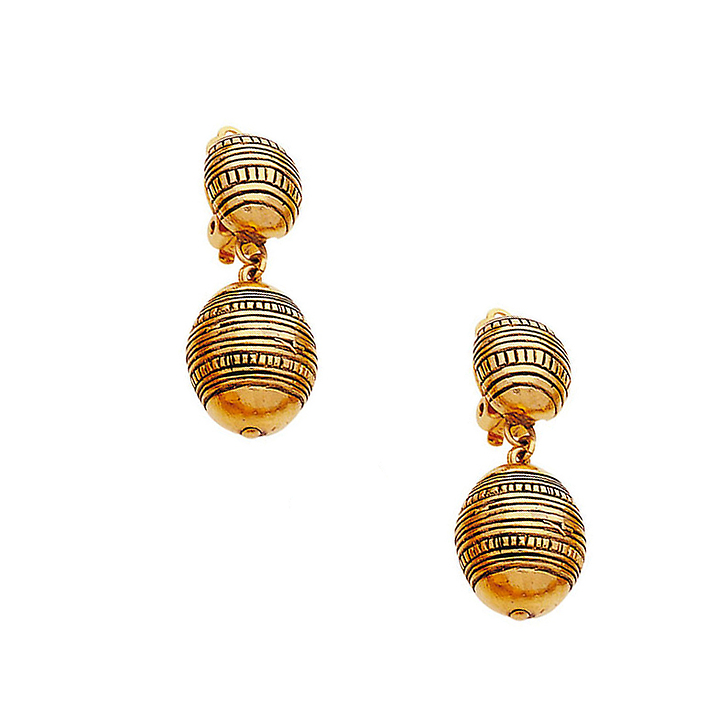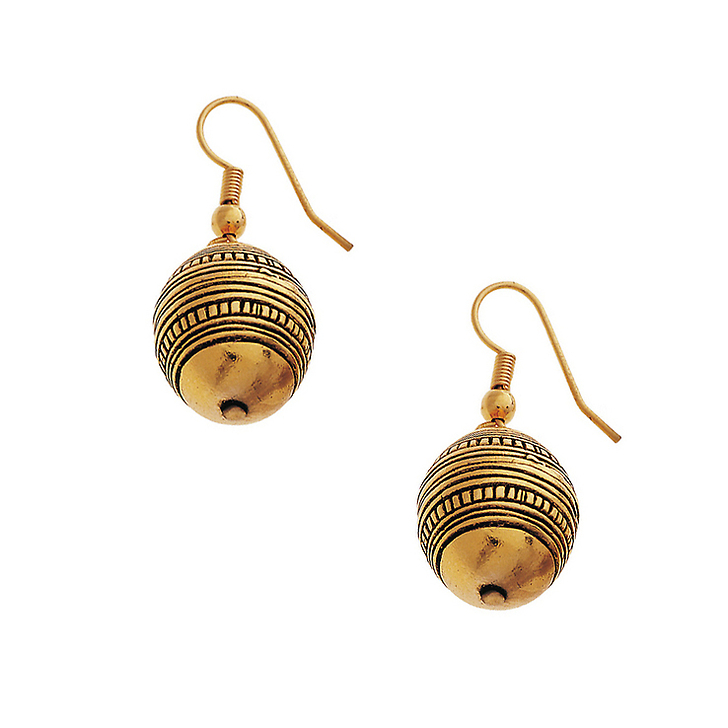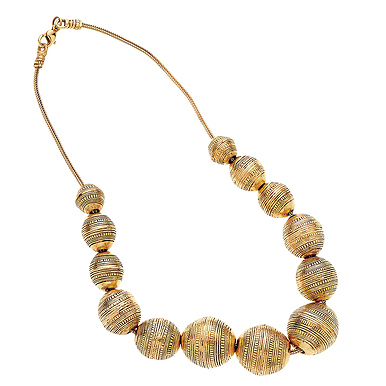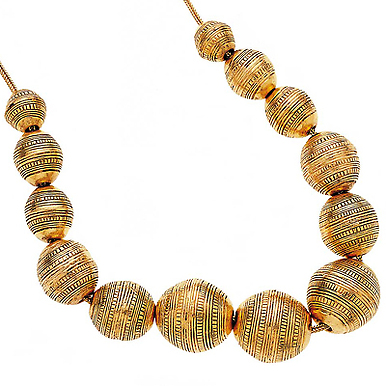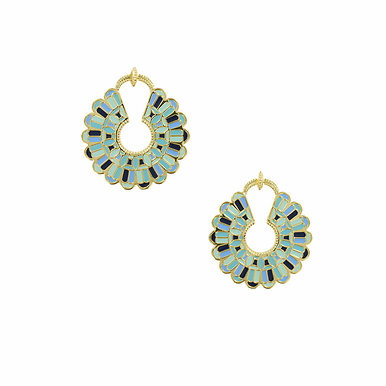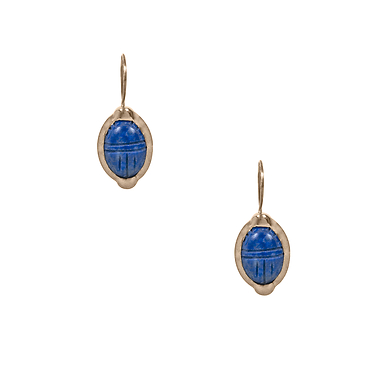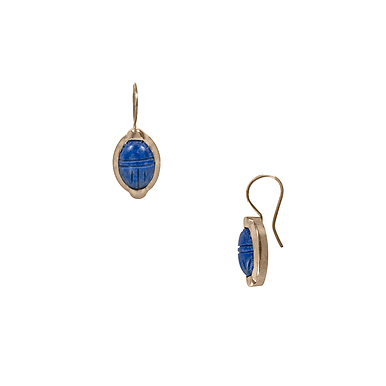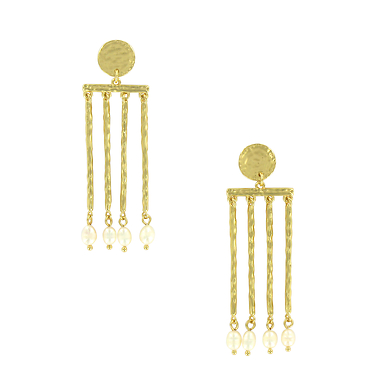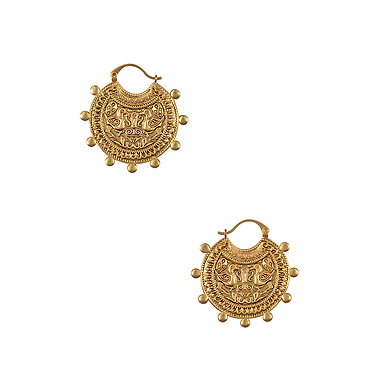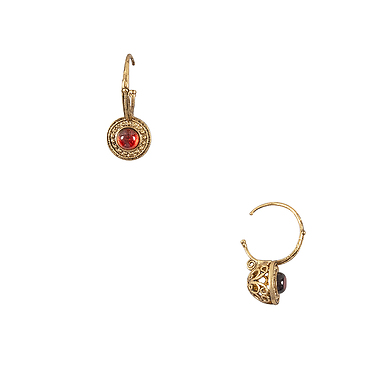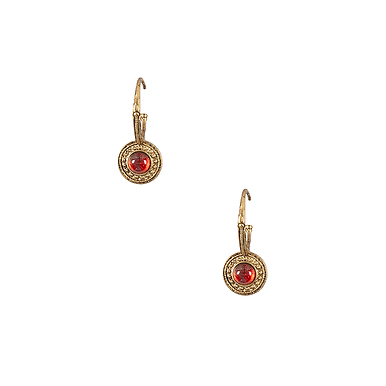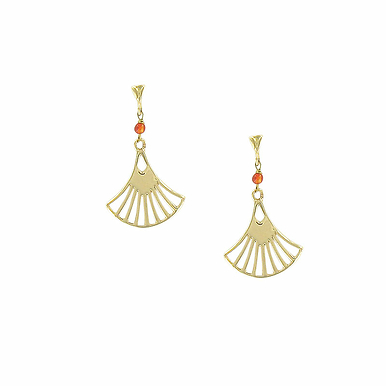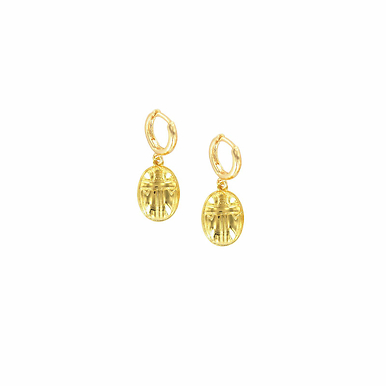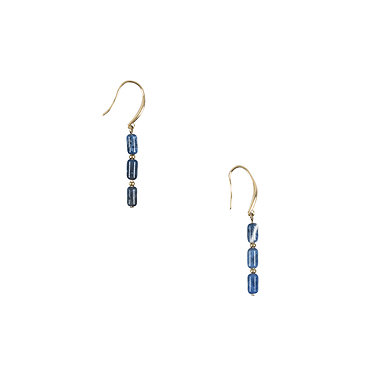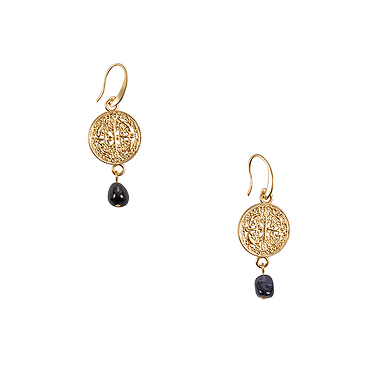Earrings Tréglonou
BW400351
During the Iron Age, the west of Armorica stood out from ''Celtic Europe'' because of two main features: the carving of granite stelae and the digging of underground passages near settlements. This practice lasted some four hundred years, from the 5th to the 2nd centuries A. D.
The underground system...
Read more
During the Iron Age, the west of Armorica stood out from ''Celtic Europe'' because of two main features: the carving of granite stelae and the digging of underground passages near settlements. This practice lasted some four hundred years, from the 5th to the 2nd centuries A.D.
The underground system at Tréglonou is associated with a true oppidum covering a surface of about 20 hectares (almost 50 acres). It consists of a vertical shaft giving access to two small low-cellinged chambers linked by a narrow passage. The underground structure ends in a narrow, sloping alley. It was in this alley that the beads of a gold necklace were found.
Each bead is composed of two pressed gold shells, decorated with both chiselled and embossed motifs. The assembly method used for the shells is very delicate, calling on the copper diffusion bonding process.
The Tréglonou beads could have a local origin and have been made between the 9th and 5th centuries B.C. They were deposited, hidden, or lost at the time the site was sealed up by its Iron Age occupants around 300-400 B.C.
Close
Sold by GrandPalaisRmn

